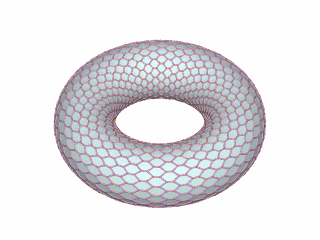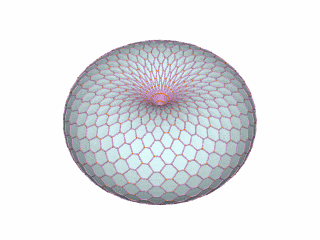user218912
user218912
user218912
user218912
user218912
user218912
user218912
user218912
user218912
user218912
user218912
user218912
user218912
user218912
user218912
user218912
user218912
user218912
user116211
user116211
user218912
user218912
user218912
user218912
user116211
user116211
user116211
user218912
user116211
user218912
user218912
user218912
user218912
user218912
user218912
user218912
user116211
user116211
user218912
user218912
user218912
user218912
user218912
user218912
user218912
user218912
user218912
user218912
user218912
user218912
user218912
user116211
user116211
user116211
user116211
user116211
user116211
user116211
user116211
user218912
user218912
user218912
user218912
user218912
user218912
user218912
user218912
user116211
user218912
user218912
user116211
user218912
user116211
user116211
user116211
user116211
user116211
user116211
user116211
user116211
user116211
user116211
user218912
user218912
user116211
user116211
user116211
user116211
user116211
user128101
user128101
user128101
user128101
user128101
user128101
user128101
user128101
user128101
user128101
user128101
user128101
user128101
user128101
user128101
user128101
user128101
user128101
user128101
user128101
user128101
user128101
user128101
user128101
user128101
user128101
user128101
user128101
user128101
user228700
user128101
user116211
user228700
user116211
user228700
user228700
user116211
user228700
user228700
user116211
user228700
user116211
user228700
user116211
user228700
user116211
user228700
user128101
user116211
user116211
user116211
user116211
user116211
user128101
user128101
user116211
user116211
user116211
user128101
user128101
user128101
user128101
user128101
user218912
user218912



















